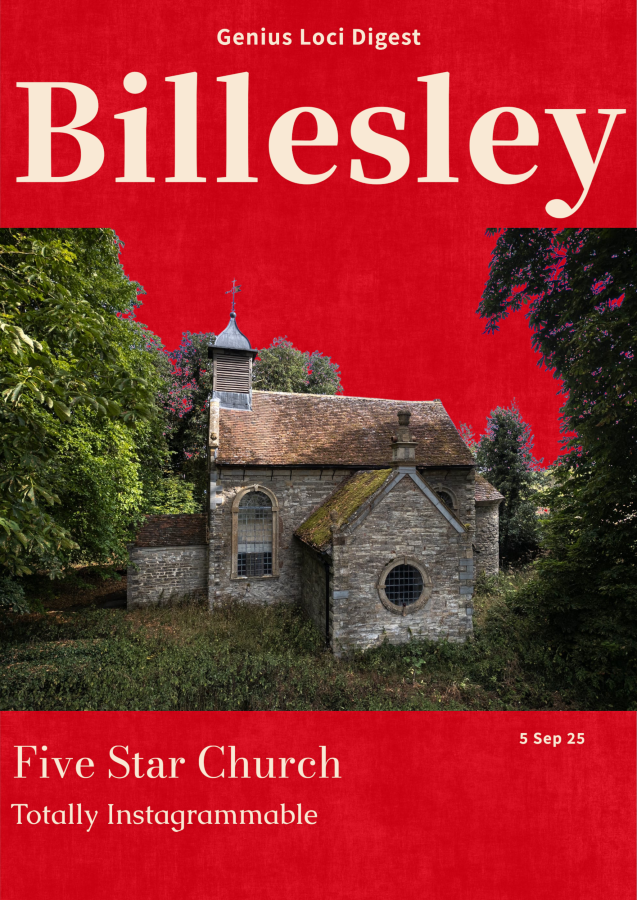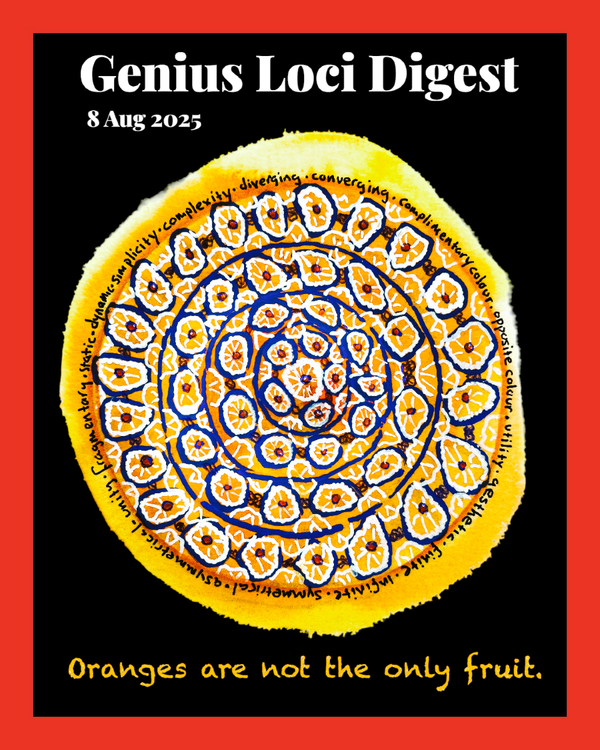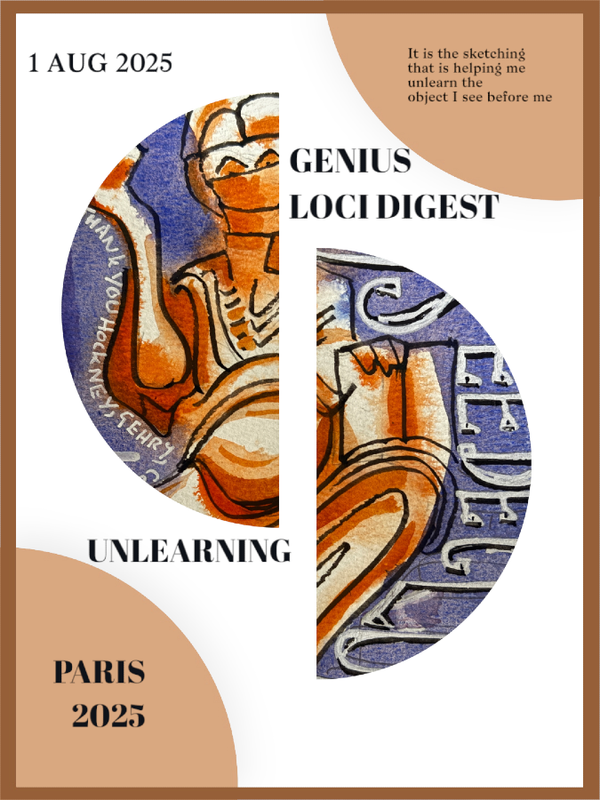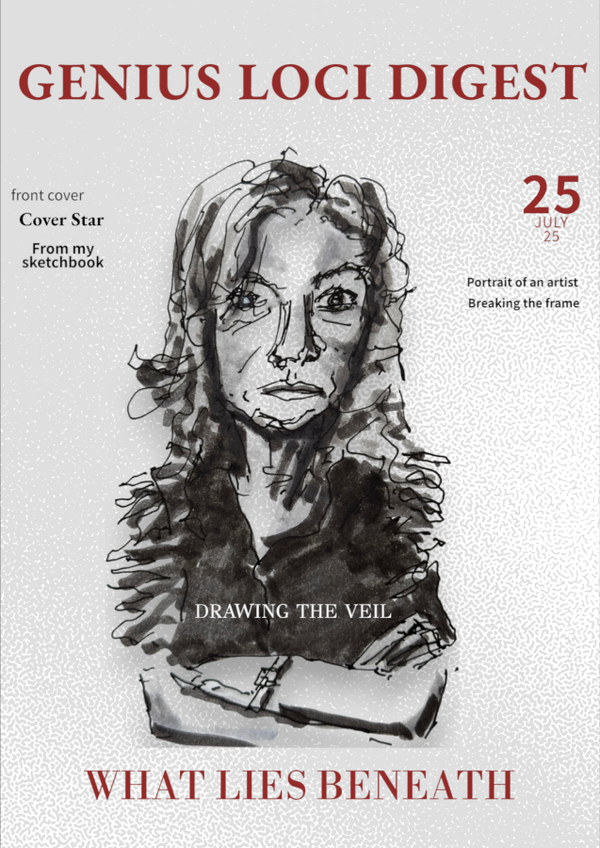
Andy Marshall's Genius Loci Digest: 12 September 2025
This is how the masons who built this place would have seen it – and now this realm of rarified air, this dwelling place of angels, is soon to be joined by a humbled human being.

This digest revels in the in-between, the transitional, the presence of absence. My camera with its dials and knobs and sharp focus has taken me into the blur of things. It has taught me that because things can't be measured it doesn't mean that it isn't there. The spirit of things, the essence of our places is as real as my shutter button.

This is how the masons who built this place would have seen it – and now this realm of rarified air, this dwelling place of angels, is soon to be joined by a humbled human being.

A little church in Warwickshire - a place beyond the ratings.

And having spent so much time absorbed in the optics of photography, it was on my journey to Carlisle, in my encounter with the window there, that I realised how singular this medium is to our isles...

And so, when I step inside and the nave stretches out towards the chancel, I see it unencumbered, without expectation - through the eyes of a beginner. The impact is almost overwhelming.

Here in Paris, with his work all around me, I feel the cataracts of modern life thinning...

Even when I’m heading back home I can feel its zest, its warmth and light. I take the memory of it with me inside, like contraband.

Part of the joy I feel as I sit with a vin rouge, watching life ripple through the square, is a deeper sense of connection and gratitude

That moment got my cognitive juices flowing. I began to wonder: if a single face could hold such depth, what might happen if I tried to capture it line by line in my sketchbook?

Looking after the building and its context speaks to something profoundly human – the impulse to invest ourselves in things that extend beyond our own lifespans.
✨ Wondering why I ask for support?
An Anxiety of Memberships